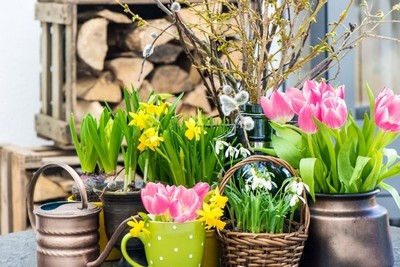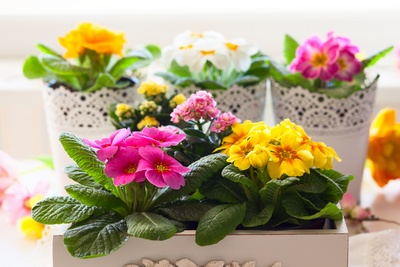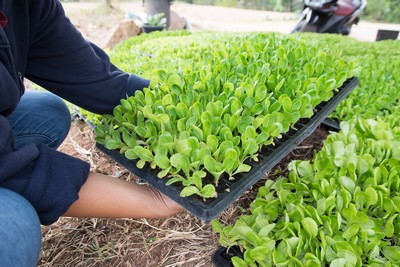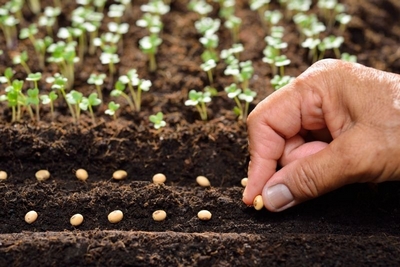The sword fern is an all time favorite house plant, with its long, hanging leaves that can reach the length of a meter it can become the center of attention in any room. Did you know though beyond its pretty looks the sword fern will also clean your room’s air?
A list of air-cleaning plants was compiled by scientists at NASA as part of the NASA Clean Air Study. According to their research the plants that made the list might be able to clean the air of a spaceship. These plants, apart from fixating carbon dioxide and producing oxygen can also decrease the benzyol, formaldehyde, trichloretylene levels of the air.
Despite popular belief raising a sword fern is not a challenging task at all, but it does need a little bit of special attention.
Caring for the sword fern – step by step
Light: Since ferns are part of the undergrowth in their original habitat, it is not surprising that they prefer diffuse daylight – and enjoy being in a partially shaded flat. It can be put into rooms where there is not enough light, it won’t be hurt by it.
Temperature and humidity: The fern develops nicely in normal room temperature but it does not like overheated rooms during the winter. Apart from this the too dry air can also be a cause of the fern losing its leaves or drying out. The plant prefers room with an average temperature of C 15-18 where the temperature never falls under C10.
Watering: During the summer the fern’s soil should be moist at all times, it can be watered multiple times a week. In the winter though it needs less water and you can allow the soil to go dry in between waterings. The fern does not like to be overwatered so the waterings have to be adjusted to the local temperature. In the summer, in the garden it can be watered daily while in the room it does not need that much water.
I do not recommend the use of a decorative container because it can collect the water and let the roots rot.
Planting: Ferns should be repotted biannually into a loose soil rich in peat. Bigger plants should not be repotted but the upper layer of soil should be changed yearly.
Liquid nutrients: From spring to autumn supplement the water with some nutrients. Do not add anything though to the water of freshly repotted plants for two months.
What to do when the leaves start to wither?
The leaves can dry out for several reasons. Among them are the too dry air, the too high or low temperature, the too calcareous soil, the too hard water or a lack of soil nutrients.
The withering and yellowing of leaves happens primarily during the winter because of the too dry air caused by heating.
Place the plant a bit further away from the radiator and snip off the yellowing leaves.
Spray the plant with a spray bottle every day and put a bigger plate under the pot. Fill it with gravel or clay granulates. This way you increase the humidity around the plant.
If despite all your efforts the leaves wither – don’t give up just yet. Cut it down to it’s stalk and let it sit like this until spring. During spring after the heating in the flat is turned off repot your fern into a new pot with fresh soil and from the end of May put the plant in a shaded place in your garden or terrace. It will soon start to sprout again.
Pests: The withering and yellowing of leaves can also be caused by pests like red spider mites or aphids – but make sure not to confuse the spores on the underside of fern fronds with pests.
Az idei Föld Napját egy különleges ajánlattal ünnepeljük: bemutatjuk nektek a Föld Napja Viráglabdamixet, ami egy limitált szériás különlegesség! Mindössze 50 doboz áll rendelkezésre, hogy megoszthassuk veletek ezt az izgalmas lehetőséget. Ez a viráglabdamix a természet szerelmeseinek és a kertészkedés rajongóinak készült, akik arra vágynak, hogy egy kis színt és életet csempésszenek környezetükbe, miközben támogatják a helyi ökoszisztémát. A Föld napja viráglabda most akciós áron kapható, a készlet erejéig! Kattints ide!











